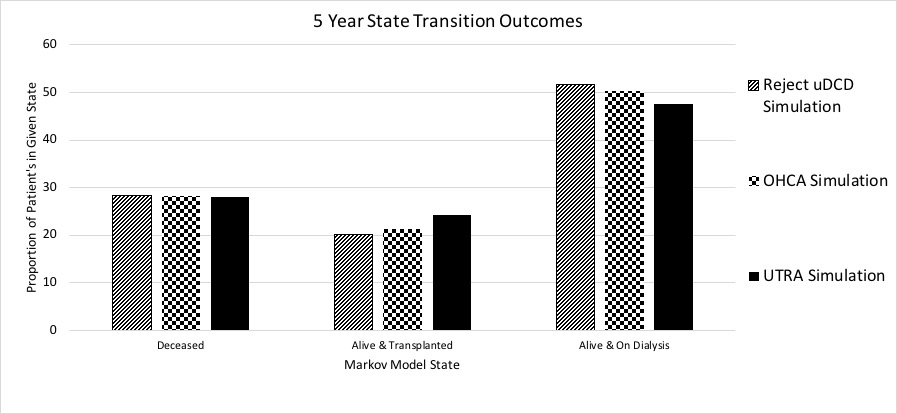J. Cloyd2, F. Bagante2,6, G. Spolverato2, M. Weiss1, S. Alexandrescu3, H. P. Marques4, L. Aldrighetti5, S. K. Maithel7, C. Pulitano8, C. Pulitano8, T. W. Bauer9, F. Shen10, G. A. Poultsides11, O. Soubrane12, G. Martel13, B. G. Koerkamp14, A. Guglielmi6, E. Itaru15, T. M. Pawlik2 1Johns Hopkins Hospital,Surgery,Baltimore, MD, USA 2The Ohio State University Wexner Medical Center,Surgery,Columbus, OH, USA 3Fundeni Clinical Institute, Bucharest,Surgery,Bucarest, -, Romania 4Curry Cabral Hospital,Surgery,Lisbon, -, Portugal 5Ospedale San Raffaele,Surgery,Milan, -, Italy 6University of Verona,Surgery,Verona, -, Italy 7Emory University School Of Medicine,Surgery,Atlanta, GA, USA 8Royal Prince Alfred Hospital,Surgery,Sydney, -, Australia 9University Of Virginia,Surgery,Charlottesville, VA, USA 10Eastern Hepatobiliary Surgery Hospital,Surgery,Shanghai, -, China 11Stanford University,Surgery,Palo Alto, CA, USA 12Beaujon Hospital,Surgery,Clichy, -, France 13University Of Ottawa,Surgery,Ottawa, Ontario, Canada 14Erasmus University Medical Centre,Surgery,Rotterdam, -, Netherlands 15Yokohama City University School of Medicine,Surgery,Yokohama, -, Japan
Introduction: We sought to investigate the impact of total tumor-burden (i.e. size and number) on patient prognosis following resection of ICC.
Methods: Patients who underwent curative-intent resection for ICC at one of the 15 participating institutions between 2005-2016 were identified.
Results:Among 1,278 patients who underwent surgery for ICC, 423 (33.1%) patients had no lymph-node metastasis (N0), while 224 (17.5%) had nodal disease (N1); 631 (49.4%) did not have a lymphadenectomy (Nx). Median tumor size was 6 cm (inter-quartile range [IQR], 4-8). While 1,016 (81.8%) patients had a single ICC, 226 (18.2%) patients had multifocal disease. On multivariable analysis, after adjusting for lymph-node status, tumor size (logarithmic transformation: HR 1.35) and number of ICC (logarithmic transformation: HR 1.51) demonstrated a strong non-linear association with overall survival (OS)(Log-model; Figure 1). Log-model (AUC 0.588) out-performed both tumor size (c-index 0.572) and number of tumors (c-index 0.539) in predicting OS. Among N0 patients, 5-year OS of patients with a single ICC ranged from 80-70% among patients with ICC <3 cm to 50% for patients with ICC >6 cm. Conversely, among N1 patients, 5-year OS of patients with a single ICC ranged from 60-50% for patients with ICC <3 cm to 40-30% for patients with ICC 3-6 cm and 20% for patients with ICC >6 cm.
Conclusion:Tumor size and number of ICC demonstrated a strong non-linear association with survival following resection of ICC. A log-model tumor burden score may be a better tool to estimate prognosis of patients undergoing curative-intent resection of ICC.










